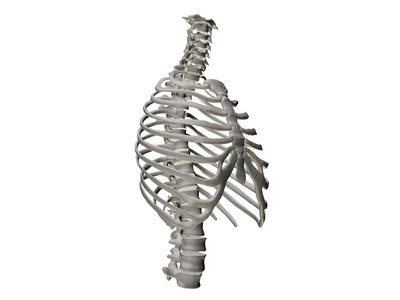Australian New Crops Info 2016
This species is usually known as:
|
Acacia mangium
|
This species has also been known as:
|
Acacia mangium var. holosericea
|
Common names: |
Black Wattle, Hickory Wattle, Mangium, Forest Mangrove
|
Trends (five databases) 1901-2013:
[Number of papers mentioning Acacia mangium: 1213]
[Number of papers mentioning Acacia mangium: 1213]
 |
Popularity of Acacia mangium over time[Left-hand Plot: Plot of numbers of papers mentioning Acacia mangium (histogram and left hand axis scale of left-hand plot) and line of best fit, 1901 to 2013 if there are sufficient numbers of papers (equation and % variation accounted for in box); Right-hand Plot: Plot of a proportional micro index, derived from numbers of papers mentioning Acacia mangium as a proportion (scaled by multiplying by one million) of the approximate total number of papers available in databases for that year (frequency polygon and left-hand axis scale of right-hand plot) and line of best fit, 1901 to 2013 if there are sufficient numbers of papers (equation and % variation accounted for in box)]
Keywords
[Total number of keywords included in the papers that mentioned this species: 7918]
Acacia mangium (224), Acacia auriculiformis (56), Internet resource (53), Growth (46), Acacia (42), Nitrogen fixation (39), Phosphorus (34), Biochar (33), forest plantations (33), Bradyrhizobium (29), Eucalyptus (27), nitrogen (26), Reforestation (25), Borneo (24), Malaysia (24), afforestation (23), Agroforestry (23), Soil fertility (23), biomass (22), carbon sequestration (22), seedlings (22), Indonesia (21), Plantation (21), nodulation (20), forest trees (18), Brazil (17), height (17), Competition (16), forest restoration (16), plant characteristics (16), plantations (16), rhizobium (16), roots (16), wood (16), leaves (15), Panama (15), soil (15), Transpiration (15), Australia (14), deforestation (14), Forest (14), Soil respiration (14), symbiosis (14), Photosynthesis (13), species differences (13), trees (13), Biodiversity (12), climate change (12), hybrids (12), nitrogen-fixing trees (12), nitrous oxide (12), oil palm (12), Rhizobia (12), Tropical forest (12), vesicular arbuscular mycorrhizae (12), carbon (11), charcoal (11), diameter (11), Imperata cylindrica (11), nutrient uptake (11), restoration (11), shoots (11), Tannins (11), understory (11), Facilitation (10), Fungi (10), genetic variation (10), Natural regeneration (10), nutrient content (10), Plant growth (10), provenance (10), root nodules (10), Tree growth (10), China (9), culture media (9), E. Mechanical (9), ectomycorrhizae (9), Gmelina arborea (9), Humid tropics (9), meta-analysis (9), methane (9), restriction fragment length polymorphism (9), Sap flow (9), succession (9), Sustainability (9), Tannin (9), tropical forests (9), tropics (9), Acacia crassicarpa (8), biomass production (8), Carbon dioxide (8), diversity (8), Eucalyptus grandis (8), Falcataria moluccana (8), forest management (8), India (8), inoculation (8), land use (8), Leaf area (8), logging (8), Microsatellite (8), nitrogen content (8), pruning (8), REDD (8), Silviculture (8), soil quality (8), stand establishment (8), tree age (8), Vietnam (8), A. Natural materials (7).....
Most likely scope for crop use/product (%):
[Please note: When there are only a few papers mentioning a species, care should be taken with the interpretation of these crop use/product results; as well, a mention may relate to the use of a species, or the context in which it grows, rather than a product]
[Please note: When there are only a few papers mentioning a species, care should be taken with the interpretation of these crop use/product results; as well, a mention may relate to the use of a species, or the context in which it grows, rather than a product]
charcoal (66.91), timber (8.51), tannin (2.86), medicinal (2.62), wood fibre (2.43), soil amelioration (2.39), resin (2.04), poison (1.74), companion plant (1.71), cane/bamboo (1.34).....
For further details log on website :
http://www.newcrops.info/listing/species_pages_A/Acacia_mangium.htm


















